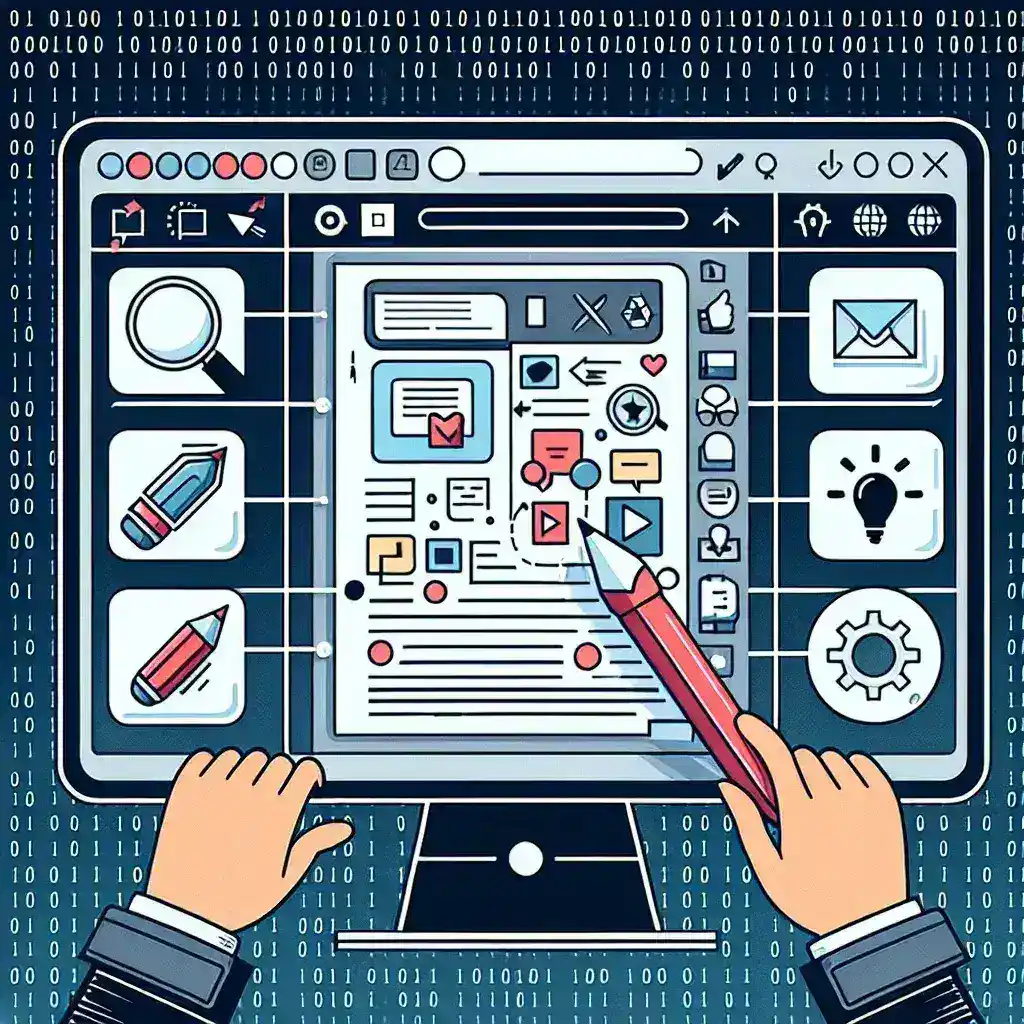In today’s digital age, the ability to edit PDF online has become an essential skill for both personal and professional tasks. Whether you need to fill out forms, modify text or images, or add annotations, editing PDFs has never been easier thanks to online tools like PDFEdit.pro. This comprehensive service allows users to make a wide array of changes to PDF documents effortlessly.
What is PDFEdit.pro?
PDFEdit.pro is a robust online platform designed specifically for PDF editing. It provides a user-friendly interface that caters to all your PDF needs without the hassle of downloading or installing any software. The service offers a range of features, including:
- Text editing
- Image insertion and manipulation
- Annotation and highlighting tools
- Form filling
- Secure editing with encryption
Thanks to its intuitive design, even those with minimal technical knowledge can navigate and make use of its functionalities. It’s a perfect solution for anyone looking to edit PDF online quickly and securely.
Why Choose PDFEdit.pro?
What sets PDFEdit.pro apart from other online PDF editors is its simplicity and effectiveness. The service is optimized for user convenience, ensuring edits are seamless and swift. Additionally, PDFEdit.pro guarantees the privacy of your documents, implementing advanced security measures to keep your data safe.
Additional Online Tools for Digital Convenience
While PDFEdit.pro excels in PDF editing, there are other specialized tools available for different digital needs. For instance:
- Savefrom.net: A widely-used site for downloading videos from various platforms.
- Snaptik.life: An excellent tool for downloading TikTok videos without watermarks.
- Fastdl.app: Perfect for quick and efficient media downloads.
- iGram.world: Specialized in downloading Instagram content easily.
All these services make managing various media and documents online convenient and efficient.
Conclusion
Editing PDFs online with tools like PDFEdit.pro has revolutionized the way we handle digital documents. Its array of features and ease of use make it an invaluable asset for anyone needing to edit PDF online. Explore the possibilities with PDFEdit.pro and streamline your document management tasks today.

